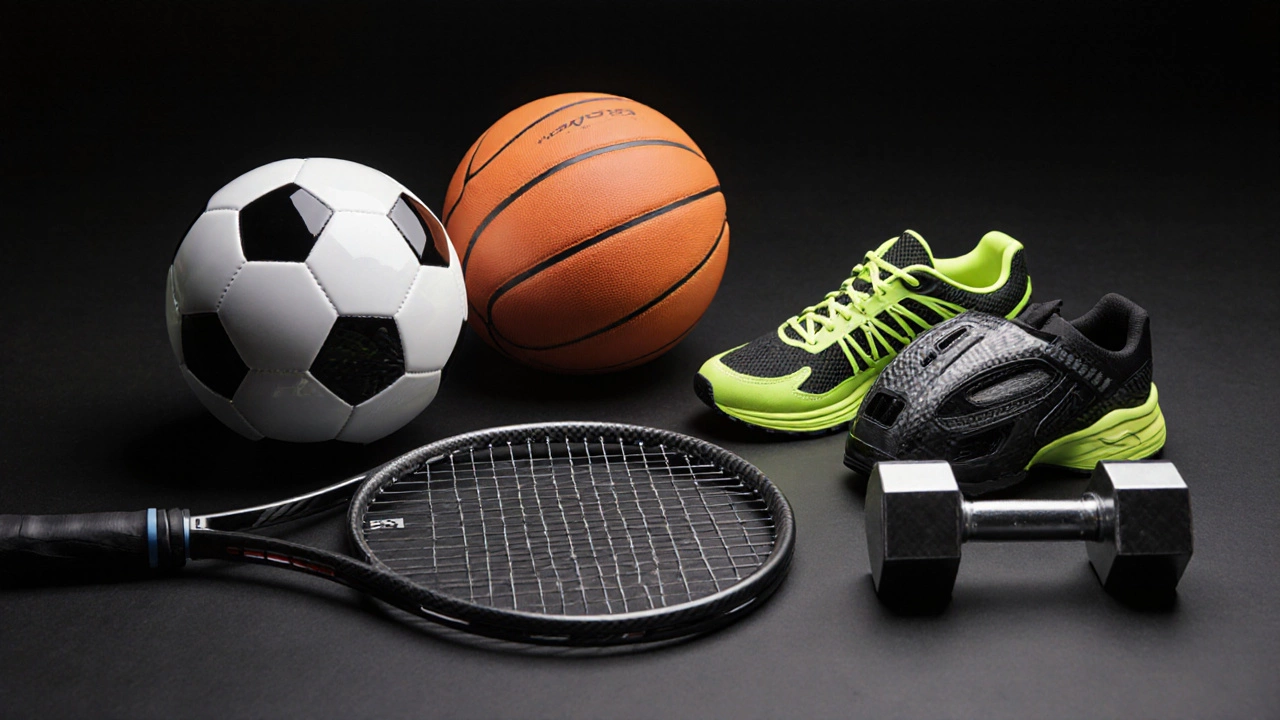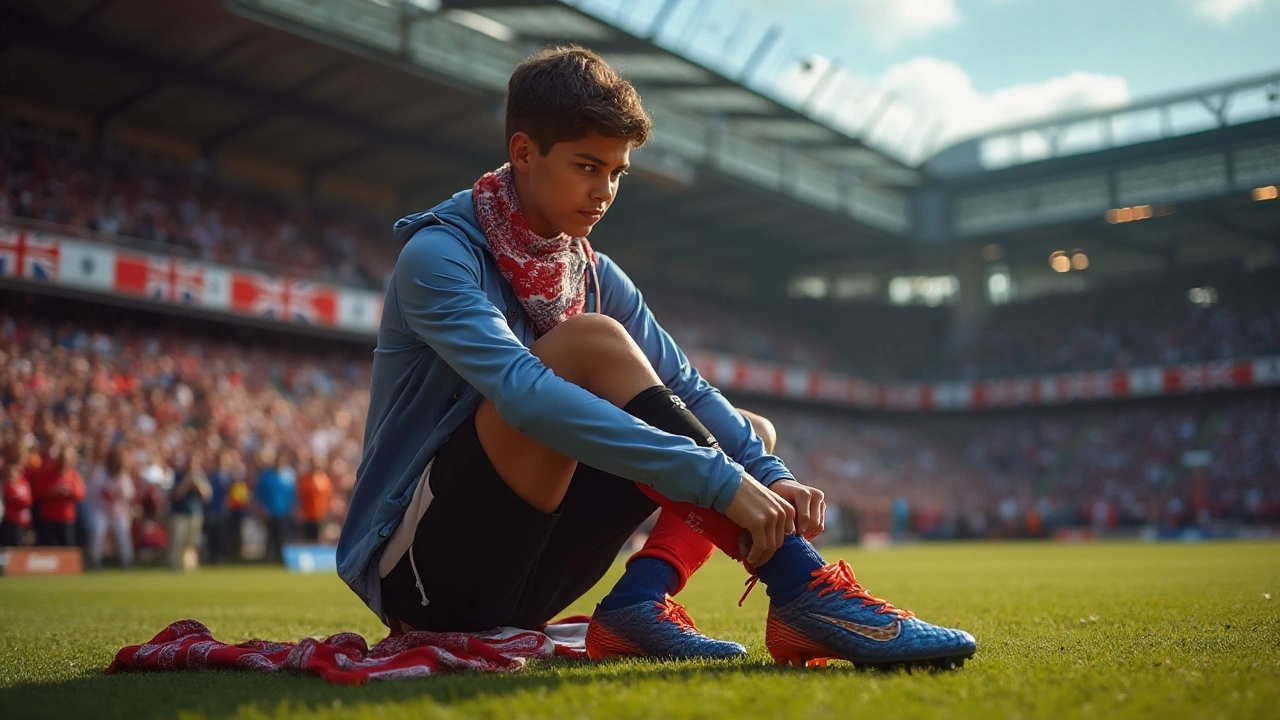
Sports Accessories: Practical Tips to Boost Performance and Stay Safe
Looking for gear that actually helps you play better? You don’t need a fancy catalog – just a clear idea of what each accessory does and how to pick the right one. Below we break down the everyday items most athletes rely on, why they matter, and simple steps to find the best fit for your sport.
Essential Categories of Sports Accessories
Even if you’re a runner, a cyclist, or a weekend football fan, you’ll end up buying a few common types of gear. Here’s a quick rundown:
- Footwear – The foundation of any activity. Look for shoes that match your sport’s movement patterns and offer proper support. A good running shoe has cushioning for impact, while a soccer cleat focuses on traction.
- Protective Gear – Helmets, shin guards, mouthguards, and knee pads keep injuries at bay. Choose pieces that fit snugly without restricting movement.
- Training Tools – Resistance bands, foam rollers, and weighted vests help you build strength and recover faster. Pick items that suit your current fitness level; a light band is better for beginners than a heavy hook‑loop set.
- Performance Apparel – Moisture‑wicking shirts, compression tights, and breathable jackets regulate temperature and reduce chafing. Test a few fabrics in the store to see which feels most comfortable during motion.
- Accessories for Convenience – Water bottles, sport‑specific bags, and wearable tech (like heart‑rate monitors) make training smoother. Opt for rugged designs if you train outdoors often.
How to Choose the Right Sports Accessories
Choosing gear isn’t about the flashiest brand; it’s about how well it fits your needs. Follow these steps before you click ‘add to cart’:
- Identify Your Primary Goal – Are you training for speed, strength, or endurance? Your goal dictates the type of shoe, the resistance level of bands, and even the kind of compression wear you’ll need.
- Check Fit and Comfort – Try gear on whenever possible. Shoes should leave a thumb’s width of space at the toe, helmets must sit level on your head, and gloves should allow fingertip movement.
- Read Real‑World Reviews – Look for feedback from athletes who play the same sport. A runner’s review on cushioning will be more useful than a generic “great shoe” comment.
- Consider Durability vs. Price – A cheap pair of shin guards may break after a few games, costing you more in the long run. Balance upfront cost with expected lifespan.
- Test in Training Before Competition – Use new accessories during a regular workout, not on game day. This gives you a chance to spot any issues without risking performance.
By keeping these points in mind, you’ll avoid the common pitfall of buying gear that looks good but feels wrong.
Finally, remember that accessories evolve. What works for you this season might need an upgrade next year. Stay open to trying new materials, especially if they promise better breathability or impact protection. Your performance—and safety—will thank you.
Ready to upgrade your kit? Start with one category—maybe a fresh pair of shoes or a set of resistance bands—and build from there. Small, smart upgrades add up to big results on the field, track, or gym.


Alternative Names for Sports Equipment: Enhance Your Sports Lingo
